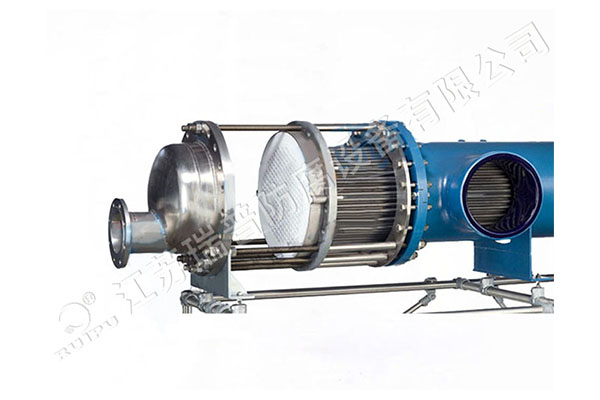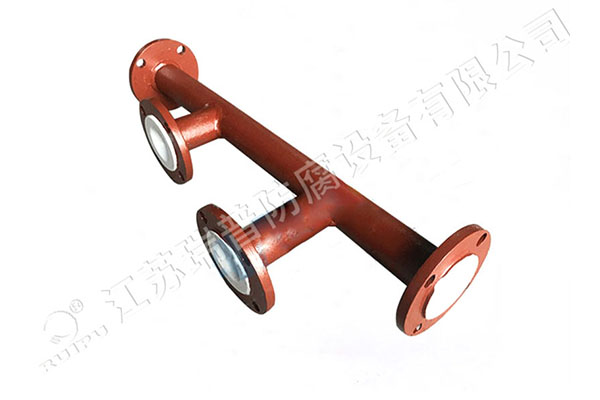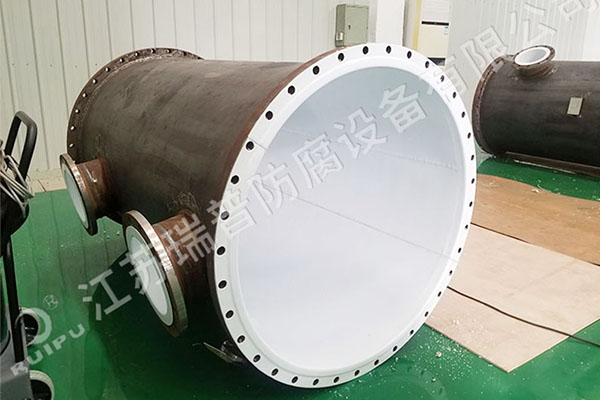How can heat exchangers improve efficiency while reducing maintenance requirements?
Release Time : 2025-05-19
Heat exchangers improve efficiency while reducing maintenance requirements, and this goal is achieved through a series of advanced design and technical means. These improvements not only improve the operating performance of the equipment, but also significantly reduce operating costs and downtime, bringing higher economic benefits to the enterprise.
First of all, optimized fluid channel design is one of the key factors in improving heat exchange efficiency. Modern heat exchangers use precise calculation and simulation technology to carefully design the shape and size of the internal flow channels to ensure the best heat transfer effect between the two media. This design reduces flow resistance and improves heat transfer efficiency, while avoiding material fatigue and corrosion problems caused by uneven flow rate or local overheating. As a result, the equipment can maintain efficient operation for a longer period of time without frequent cleaning or replacement of parts.
Secondly, the selection of corrosion-resistant materials is also an important strategy to extend the service life of heat exchangers. Faced with various harsh working conditions, such as high temperature, high pressure and corrosive media, high-quality stainless steel, titanium alloy and other special alloys have become ideal choices. These materials have excellent corrosion resistance and mechanical strength, can withstand the influence of the external environment during long-term use, and reduce the risk of failure caused by material aging. In addition, surface treatment technologies such as electroplating and spraying anti-corrosion coatings further enhance the protection capabilities of the equipment, making it more durable and reliable.
Furthermore, the introduction of intelligent monitoring systems has brought revolutionary changes to the operation and maintenance of heat exchangers. Integrated sensors and automated control technologies enable the equipment to monitor its own working status in real time, including key parameters such as temperature, pressure, and flow, and automatically adjust the operating mode according to the actual operating conditions. Once an abnormal condition is detected, the system will immediately issue an alarm and take corresponding protective measures to prevent the failure from expanding. This proactive management method not only improves safety, but also greatly reduces the need for sudden repairs.
In addition, the modular design concept also provides great convenience for the maintenance of heat exchangers. By designing different functional units into independent modules, users can flexibly combine and replace individual components as needed without large-scale disassembly of the entire system. This not only simplifies the installation and commissioning process, but also makes daily maintenance simpler and faster. For example, when a module fails, only the part needs to be replaced separately to restore the normal operation of the equipment, greatly shortening the downtime.
Not only that, efficient cleaning and drainage mechanisms are also important links in reducing maintenance needs. Some advanced heat exchangers are equipped with self-cleaning functions or easy-to-clean design structures, which can effectively prevent dirt accumulation and ensure long-term stable operation. For example, some models use removable panels or convenient flushing interfaces, allowing users to easily remove impurities and deposits accumulated inside and maintain good heat transfer effects. This design not only saves a lot of manpower and material resources, but also improves the overall reliability of the equipment.
Finally, the integration of environmental awareness has also brought new perspectives to the design of heat exchangers. Many manufacturers have begun to pay attention to sustainable development and are committed to reducing energy consumption and waste emissions in the production process. For example, using waste heat recovery technology to reuse the energy that was originally wasted for preheating feed or other auxiliary processes, it not only saves energy but also reduces the impact on the environment. This green design concept not only meets the requirements of modern society for environmental protection, but also provides users with a healthier and more environmentally friendly product choice.
In summary, heat exchangers have successfully achieved the goal of reducing maintenance requirements while improving efficiency by optimizing fluid channel design, selecting corrosion-resistant materials, introducing intelligent monitoring systems, adopting modular design, equipping efficient cleaning mechanisms, and incorporating environmental protection concepts. These innovations not only improve product quality and user experience, but also provide users with more diverse and personalized choices. With the advancement of technology and the continuous innovation of design concepts, heat exchangers will demonstrate their excellent performance and broad application prospects in more fields in the future.
First of all, optimized fluid channel design is one of the key factors in improving heat exchange efficiency. Modern heat exchangers use precise calculation and simulation technology to carefully design the shape and size of the internal flow channels to ensure the best heat transfer effect between the two media. This design reduces flow resistance and improves heat transfer efficiency, while avoiding material fatigue and corrosion problems caused by uneven flow rate or local overheating. As a result, the equipment can maintain efficient operation for a longer period of time without frequent cleaning or replacement of parts.
Secondly, the selection of corrosion-resistant materials is also an important strategy to extend the service life of heat exchangers. Faced with various harsh working conditions, such as high temperature, high pressure and corrosive media, high-quality stainless steel, titanium alloy and other special alloys have become ideal choices. These materials have excellent corrosion resistance and mechanical strength, can withstand the influence of the external environment during long-term use, and reduce the risk of failure caused by material aging. In addition, surface treatment technologies such as electroplating and spraying anti-corrosion coatings further enhance the protection capabilities of the equipment, making it more durable and reliable.
Furthermore, the introduction of intelligent monitoring systems has brought revolutionary changes to the operation and maintenance of heat exchangers. Integrated sensors and automated control technologies enable the equipment to monitor its own working status in real time, including key parameters such as temperature, pressure, and flow, and automatically adjust the operating mode according to the actual operating conditions. Once an abnormal condition is detected, the system will immediately issue an alarm and take corresponding protective measures to prevent the failure from expanding. This proactive management method not only improves safety, but also greatly reduces the need for sudden repairs.
In addition, the modular design concept also provides great convenience for the maintenance of heat exchangers. By designing different functional units into independent modules, users can flexibly combine and replace individual components as needed without large-scale disassembly of the entire system. This not only simplifies the installation and commissioning process, but also makes daily maintenance simpler and faster. For example, when a module fails, only the part needs to be replaced separately to restore the normal operation of the equipment, greatly shortening the downtime.
Not only that, efficient cleaning and drainage mechanisms are also important links in reducing maintenance needs. Some advanced heat exchangers are equipped with self-cleaning functions or easy-to-clean design structures, which can effectively prevent dirt accumulation and ensure long-term stable operation. For example, some models use removable panels or convenient flushing interfaces, allowing users to easily remove impurities and deposits accumulated inside and maintain good heat transfer effects. This design not only saves a lot of manpower and material resources, but also improves the overall reliability of the equipment.
Finally, the integration of environmental awareness has also brought new perspectives to the design of heat exchangers. Many manufacturers have begun to pay attention to sustainable development and are committed to reducing energy consumption and waste emissions in the production process. For example, using waste heat recovery technology to reuse the energy that was originally wasted for preheating feed or other auxiliary processes, it not only saves energy but also reduces the impact on the environment. This green design concept not only meets the requirements of modern society for environmental protection, but also provides users with a healthier and more environmentally friendly product choice.
In summary, heat exchangers have successfully achieved the goal of reducing maintenance requirements while improving efficiency by optimizing fluid channel design, selecting corrosion-resistant materials, introducing intelligent monitoring systems, adopting modular design, equipping efficient cleaning mechanisms, and incorporating environmental protection concepts. These innovations not only improve product quality and user experience, but also provide users with more diverse and personalized choices. With the advancement of technology and the continuous innovation of design concepts, heat exchangers will demonstrate their excellent performance and broad application prospects in more fields in the future.







